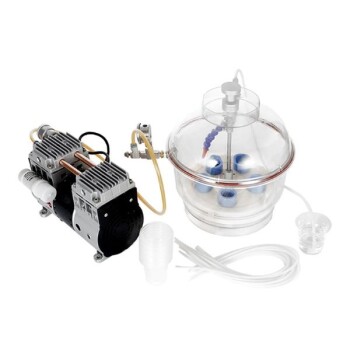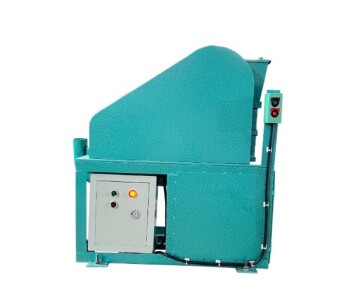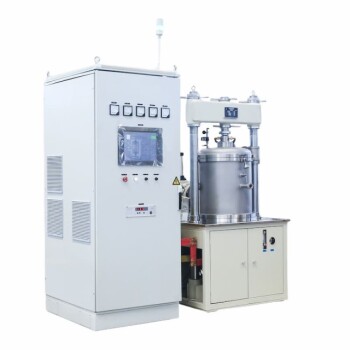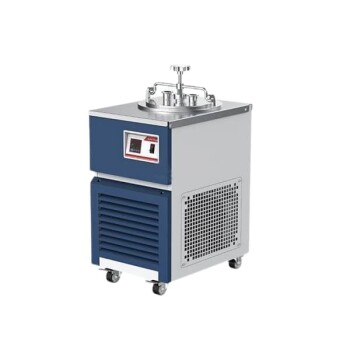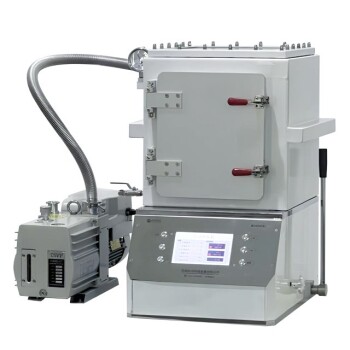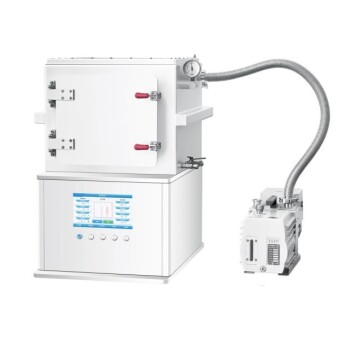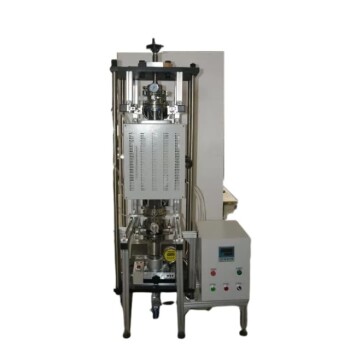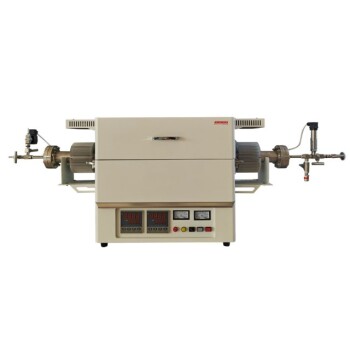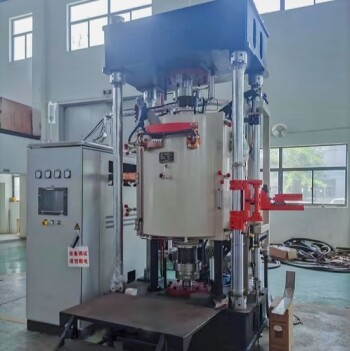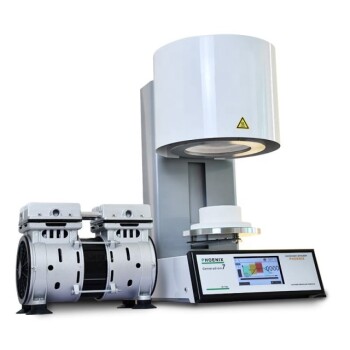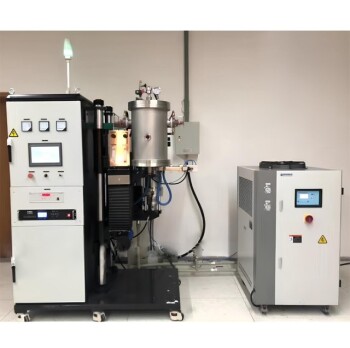Unlocking the Power of Sublimation: The Core Mechanism
Freeze-drying, or lyophilization, stands apart from other drying methods due to its unique reliance on sublimation—the direct transition of water from solid ice to vapor without passing through a liquid phase. This process begins by freezing the sample, then placing it under a vacuum where gentle heat allows ice crystals to vaporize. The water vapor is subsequently trapped on a condenser, leaving behind a perfectly preserved sample.
Why does this matter for sensitive materials? Unlike evaporation (used in air-drying), sublimation avoids exposing samples to damaging liquid-phase stresses or high temperatures. Research shows that this "cold drying" approach preserves delicate molecular structures that would otherwise unravel under conventional drying conditions.
Beyond Drying: Preserving Molecular Integrity at its Core
The true value of freeze-drying lies in its ability to maintain the functional and structural integrity of biological and chemical samples. Consider proteins: their three-dimensional shapes are critical for activity, yet these folds are highly susceptible to heat or osmotic shock during air-drying. Lyophilization circumvents this by locking molecules in place within an ice matrix before gently removing water, leaving active sites and binding pockets intact.
This principle extends to:
- Enzymes retaining catalytic activity after reconstitution
- Vaccines preserving immunogenic epitopes
- Volatile compounds maintaining precise chemical compositions
The Pillars of Sample Longevity and Stability
Combating Degradation Pathways
Moisture accelerates nearly every degradation pathway—hydrolysis, microbial growth, and chemical reactions. Freeze-drying eradicates this threat by reducing water content to minimal levels (typically under 1-2%). Studies demonstrate that lyophilized bacterial cultures survive decades longer than refrigerated liquid samples, as the absence of water halts metabolic activity and ice crystal damage.
Enabling Room Temperature Storage
By converting samples into stable solids, freeze-drying eliminates dependency on cold chains. This transforms logistics:
- No refrigeration costs during transport
- Reduced risk of power-outage failures
- Compact storage at ambient conditions
The Powder Advantage: Convenience Meets Functionality
Facilitating Precise Measurement and Dosing
Lyophilized powders enable accurate aliquoting—a game-changer for experiments requiring repeatable dosing. Unlike viscous liquids, powders allow researchers to measure microgram quantities with confidence, ensuring reproducibility across trials.
Simplifying Storage, Transport, and Reconstitution
The lightweight, non-perishable nature of freeze-dried materials slashes shipping costs and space requirements. When needed, most samples revive within minutes upon adding solvent—a stark contrast to frozen samples requiring gradual thawing protocols.
Critical Applications: Where Freeze-Drying is Non-Negotiable
Safeguarding Biological Activity: Proteins, Enzymes, and Vaccines
From monoclonal antibodies to PCR enzymes, freeze-drying ensures these expensive reagents remain active through distribution cycles and storage periods. The COVID-19 mRNA vaccine rollout highlighted this advantage, with lyophilized formulations showing superior stability over liquid alternatives.
Preserving Delicate Structures: Bacterial Cultures and Cell Components
Culture collections worldwide rely on lyophilization to maintain reference strains. The method’s gentle dehydration preserves cell membranes and organelles far better than spray-drying’s rapid heat exposure.
Stabilizing Reactive Chemistry: Volatile Compounds and Reference Standards
Air-sensitive catalysts and analytical standards benefit from freeze-drying’s oxygen-free environment. The process prevents oxidation and extends shelf lives from months to years—critical for maintaining QC/QA protocols.
Why Not Just Air-Dry? The Comparative Edge of Lyophilization
While air-drying suffices for rugged materials, it fails sensitive samples through:
- Thermal damage: Evaporation requires heat, denaturing biomolecules
- Surface tension effects: Liquid-phase drying collapses porous structures
- Incomplete dehydration: Residual moisture fosters degradation
In contrast, freeze-drying’s low-temperature operation and thorough moisture removal address all three limitations. Independent comparisons show lyophilized pharmaceuticals retain over 90% potency after two years, versus under 50% for air-dried equivalents.
Conclusion: An Investment in Reliability and Reproducibility
Freeze-drying transcends mere convenience—it’s a cornerstone technique ensuring scientific rigor. By delivering unmatched sample stability, activity retention, and logistical flexibility, lyophilization has become the silent enabler behind reproducible research and dependable diagnostics.
Ready to enhance your lab’s preservation capabilities? KINTEK’s freeze-drying solutions empower researchers to protect valuable samples with industrial-leading reliability. Discover how our systems can become your partner in preserving what matters most—contact our team today to explore tailored configurations for your laboratory needs.
Related Products
- High Performance Laboratory Freeze Dryer for Research and Development
- Vacuum Cold Mounting Machine for Sample Preparation
- 108L Vertical Ultra Low Temperature ULT Freezer
- Liquid Nitrogen Cryogenic Grinder Mill Cryomill with Screw Feeder
- Sealed Jaw Crusher High Efficiency Environmental Protection Safe and Reliable
Related Articles
- How Freeze-Drying Cuts Transport Costs by 90% in Critical Logistics
- How Laboratory Freeze Dryers Outperform Alternatives in Pharma, Food, Biotech & Research
- How Freeze-Drying Protects Delicate Biological Structures During Water Removal
- Beyond the Spec Sheet: Matching Freeze Dryer Capabilities to Your Application's Critical Needs


